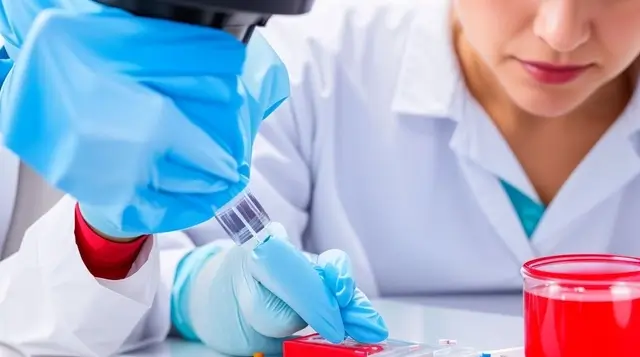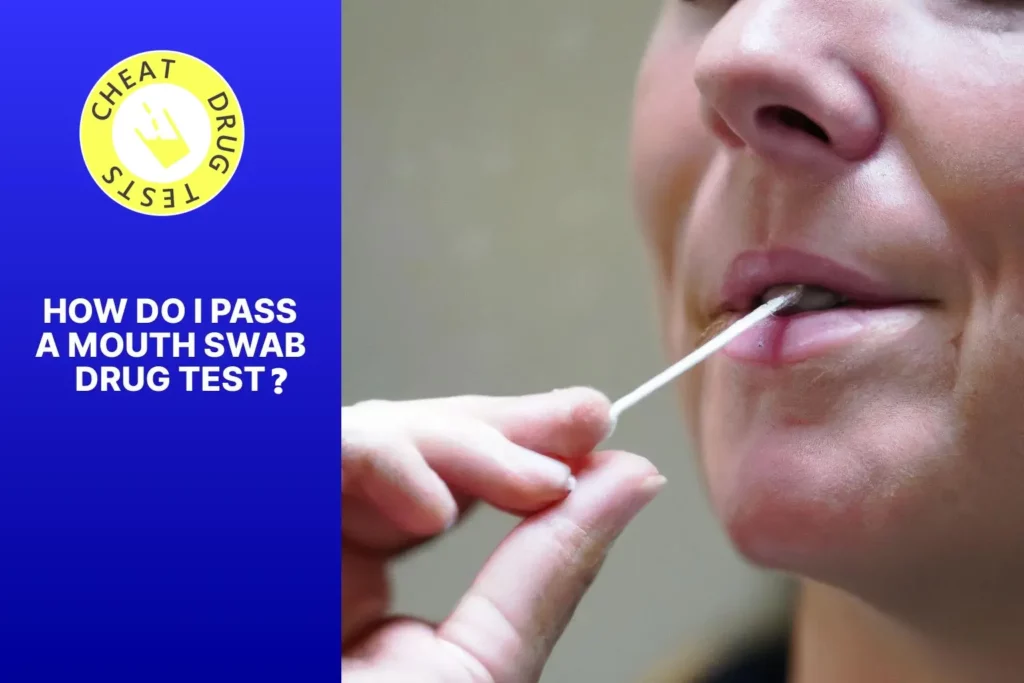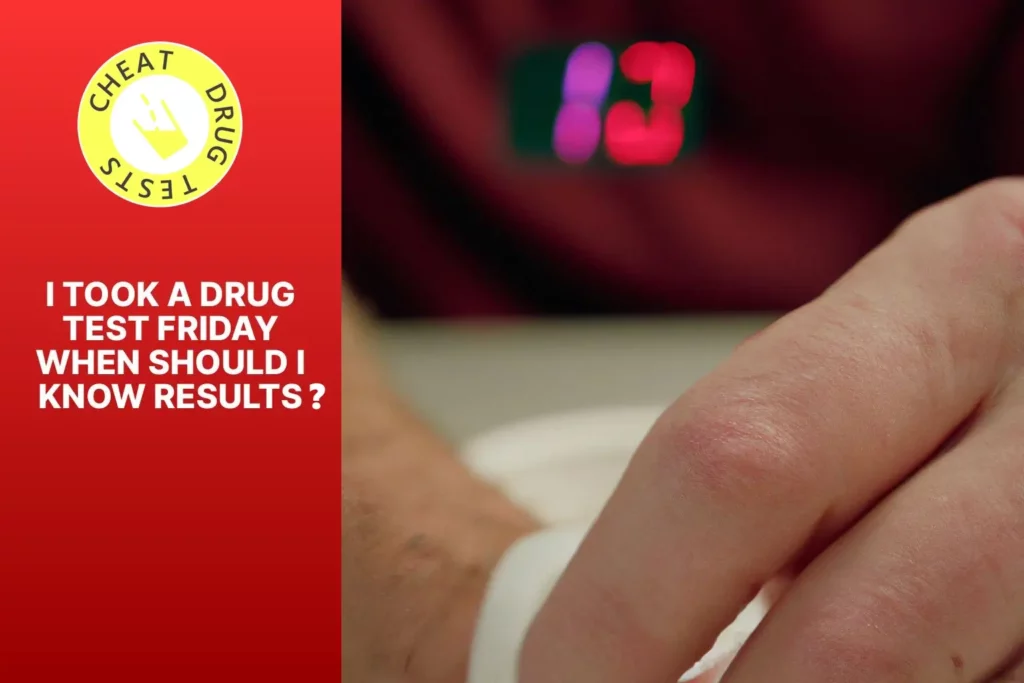Blood drug tests? You’ve heard of them, but do you know how they really work? Let’s find out! These tests are used to detect the presence of various substances in the bloodstream. From alcohol, to LSD, to cocaine and marijuana, they play a big role in DUI cases.
Here’s how it works: a sample of blood is taken from the individual’s vein and sent to a lab for analysis. The results can be used in legal cases or medical evaluations.
These tests can detect substances at varying concentrations. For example, alcohol is detectable within hours and up to two days after consumption. Whereas LSD or MDMA may only be detectable for a few hours. This depends on things like metabolism and individual characteristics.
Let me share a story. A few years ago, a suspected impaired driver caused a serious accident. Police conducted a blood drug test which revealed high levels of alcohol, as well as traces of cocaine and marijuana. This evidence played a crucial role in proving the individual’s impairment and obtaining justice for the victims.
What is a blood drug test?
A blood drug test is a way to see if drugs are in someone’s blood. This sort of test is used for things like DUI cases, work drug testing, or after accidents. Blood tests are very exact and can show what type and how much drugs are in a person’s body.
To do a blood drug test, a healthcare worker takes a little bit of blood with a needle. The blood is then sent to a lab for investigation. Lab technicians use special machines and processes to identify and measure the drugs in the sample.
Something special about blood drug tests is they can see recent drug use. Other tests like urine or hair tests can only show drugs taken in a certain time frame. Blood tests can show drugs taken hours before the test. This makes it good for seeing if someone is drunk or impaired at the time of an incident.
Pro Tip: Blood tests are precise, but they may not always be good for finding long-term drug use. Hair follicle tests may work better for this.
Why is a blood drug test conducted?
A blood drug test is mainly used to see if various substances are present in someone’s bloodstream. It’s often used in DUI cases and work drug testing. This test can give precise and trustworthy results, making it a great tool to decide drug use.
When a blood drug test is done, a little sample of blood is taken from the individual and given to a lab for examination. The lab staff will then look at the blood for certain drugs or their metabolites, which are the products made when drugs are broken down in the body.
One explanation why a blood drug test is better than other tests is its ability to identify a wide range of drugs. From commonly abused substances like alcohol, marijuana, cocaine, and crystal meth to prescription medications like oxycodone and even hallucinogens like LSD or MDMA, this test can offer thorough info about an individual’s drug use.
Another benefit of a blood drug test is its accuracy. The results from this type of test are highly dependable and can accurately show if someone has recently taken drugs. The recognition window for most drugs in a blood test is quite short compared to other tests, making it excellent for finding out recent drug use.
Now I’m gonna tell you an interesting real-life story about blood drug testing. A few months ago, a buddy of mine was in a car crash that raised suspicions of driving under the influence. To back these suspicions up, he had to take a blood drug test. The results came back positive for alcohol and marijuana, confirming his impairment at the time of the accident. This incident shows how vital blood drug tests can be in providing hard evidence in legal matters.
The process of a blood drug test
A blood drug test can detect various substances in the bloodstream, like fentanyl, LSD, MDMA, crystal meth, cocaine, marijuana, and oxycodone. It figures out if someone has taken drugs or alcohol. Here’s how it works:
| Substance | Detection Time | Effects |
|---|---|---|
| Fentanyl | 12-24 hours | Pain relief, euphoria |
| LSD | 1-3 days | Hallucinations |
| MDMA | 1-3 days | Euphoria |
| Crystal Meth | 1-4 days | Increased energy |
| Cocaine | 2-7 days | Increased confidence |
| Marijuana | Up to 30 days | Relaxation, altered perception |
| Oxycodone | Up to 48 hours | Pain relief |
This test can measure the concentration level of drugs in the bloodstream. This helps doctors to decide on treatment plans.
Pro Tip: When interpreting the results, remember to consider metabolism rates and differences in drug absorption and elimination. Get help from a healthcare professional for an accurate analysis.
Understanding different substances detected in a blood drug test
Let’s create a table to view the substances found in a blood drug test:
| Substances | Detected |
|---|---|
| Fentanyl | Yes |
| LSD | Yes |
| MDMA | Yes |
| Crystal Meth | Yes |
| Cocaine | Yes |
| Marijuana | Yes |
| Alcohol | Yes |
| Oxycodone | Yes |
Now, let’s explore the details of each substance. They have different windows of detection and outcomes. These tests are very reliable and can detect even tiny amounts of drugs.
For those facing a blood drug test, here are a few tips:
- The best way to guarantee a negative result is to avoid drug use.
- Understand that many substances stay detectable in the blood for different periods.
- Drinking water may help flush certain drugs more quickly.
- Consult with medical professionals or addiction specialists for personalized advice.
Factors that may affect the results of a blood drug test
A blood drug test can be impacted by various factors. These must be taken into account for precise results. The factors are: type of drug, time since consumption, individual metabolism rates, and sample contamination.
Here is a table that has some of the key factors that might affect the results of a blood drug test:
| Factor | Effect on Test Results |
|---|---|
| Type of Drug | Detection times vary. Eg. Marijuana up to 30 days, cocaine few days. |
| Time since Consumption | Detection window changes depending when taken. Some drugs leave quickly, others remain detectable for longer. |
| Individual Metabolism | Metabolic rates are diverse. A fast metabolism may lead to shorter detection times. |
| Sample Contamination | Contamination of sample during collection or handling can make results wrong. Protocols must be followed to avoid cross-contamination or tampering. |
It’s important to remember that these factors can have a huge influence on blood drug test results. Moreover, other specific cases linked to a person’s health condition or medication use could also affect the results.
Pro Tip: If you are being tested, it is vital that you inform of any medication or substances you have recently consumed. This will guarantee that the results are understood accurately and false positives are avoided.
Interpreting the results of a blood drug test
This table shows the possible outcomes of a blood drug test:
| Substance | Detection Timeframe | Interpretation |
|---|---|---|
| Fentanyl | 1-2 days | Could mean recent opioid use |
| Alcohol | Within hours | High levels suggest recent consumption |
| LSD | 2-5 hours | Sign of recent ingestion |
| MDMA | 1-3 days | Positive result suggests recent Ecstasy or Molly use |
| Crystal Meth | 1-4 days | Presence indicates recent methamphetamine use |
| Cocaine | 1-3 days | Implicates prior cocaine use |
| Marijuana | Up to several weeks | Extended presence suggests past or frequent use |
| Oxycodone | 2-3 days (short-acting) | Short-acting form indicates recent opioid administration |
| Oxycodone | Up to 2 weeks (long-acting) | Long-acting variant reveals past opioid use |
Metabolism rate and individual differences should be considered when interpreting the results. A positive test does not equal impairment at the time of the test. Other factors like behavior and symptoms must be looked at too.
To accurately interpret the results:
- Talk to a qualified healthcare professional who specializes in toxicology or forensic medicine.
- Gather info from many sources to come to a decision.
- Consider the context and circumstances of the drug test, like recent medication history and environment.
These tips will help you make sense of the results of a blood drug test and make informed decisions.
Conclusion
The blood drug test is a dependable technique for recognizing the presence of drugs in an individual’s framework. It recognizes substances such as fentanyl, LSD, MDMA, cocaine, crystal meth, marijuana, oxycodone, and alcohol. This test is generally utilized in cases including DUI offenses or workplace security.
Blood testing furnishes precise outcomes by examining a little example of blood for the presence and focus of drugs. It can distinguish ongoing drug use inside a couple of hours or days, contingent upon the substance. Alcohol, for instance, can be distinguished for up to 12 hours after utilization, while cannabis can be recognized for a few days or even weeks.
It is also important to note that the blood drug test gives a point by point investigation of the drugs present in an individual’s system. This data can be significant in lawful cases or when observing medication recovery programs. The test can likewise separate between prescribed meds and illicit substances.
In addition to its exactness and dependability, the blood drug test has a few confinements. It requires prepared clinical staff to draw blood from the individual being tried. Besides, the examples should be taken care of appropriately and dissected quickly to guarantee precise outcomes.
Pro Tip: To maintain a strategic distance from bogus positives on a blood drug test, it is critical to uncover any medicine you may be taking before experiencing the test. This data will help healthcare professionals decipher the outcomes precisely and forestall pointless intricacies.
Additional resources and references
A blood drug test is complicated. It’s important to have access to further resources and references. These can give more info and help for those who want to understand the test and its effects.
Such resources include:
- Medical Journals: Give research on the topic, with insights into the science behind blood drug testing.
- Government Websites: Health agencies may provide info on the test procedures, rules, and guidelines.
- Drug Testing Laboratories: Offer resources on blood drug testing, like sample collection techniques and result interpretation.
- Professional Organizations: Organizations for forensic toxicology or substance abuse may provide educative materials and resources related to blood drug tests.
Note that some organizations or websites may demand a subscription or purchase for full access. Still, these extra resources are useful in getting a broad comprehension of blood drug testing.
Interesting fact: Blood drug tests are particularly useful for detecting recent drug use. Unlike urine tests which detect metabolites that stay in the body longer, a blood test directly measures the presence of drugs in the bloodstream. Therefore, it’s suitable for concluding impairment levels in cases like DUI.
Pro Tip: When using additional resources and references, prioritize reliable sources like scientific journals and trustworthy government websites. This guarantees accurate and up-to-date info while avoiding wrong or mistaken interpretations of blood drug testing processes.

Frequently Asked Questions
FAQ 1:
What is a blood drug test?
A blood drug test is a medical procedure that analyzes a person’s blood sample to detect the presence of drugs or their metabolites. This test is often used to determine if an individual has recently consumed drugs.
FAQ 2:
How do blood drug tests work?
During a blood drug test, a healthcare professional extracts a small amount of blood from a person’s vein. This sample is then sent to a laboratory where it undergoes various tests to identify specific drug compounds. The results can provide information about the types and amounts of drugs present in the bloodstream.
FAQ 3:
What substances can a blood drug test detect?
A blood drug test can detect a wide range of substances, including alcohol, fentanyl, LSD, MDMA, crystal meth, cocaine, marijuana, and oxycodone. These tests can identify both illegal drugs and prescription medications.
FAQ 4:
Why would someone undergo a blood drug test?
There are various reasons why someone may undergo a blood drug test. Common scenarios include testing for drug impairment in cases of DUI (Driving Under the Influence), pre-employment drug screenings, workplace safety compliance, and monitoring individuals on probation or parole.
FAQ 5:
How long do drugs stay detectable in a blood drug test?
The duration for which drugs can be detected in a blood drug test depends on factors such as the drug type, dosage, frequency of use, and individual metabolism. Generally, drugs like alcohol can be detected for a few hours, while substances like marijuana can be detectable for several days or even weeks.
FAQ 6:
Can a blood drug test determine the exact time of drug use?
No, a blood drug test cannot determine the exact time of drug use. These tests can only detect the presence of drugs in the bloodstream at the time of the test. However, certain tests may estimate the approximate timeframe of drug use based on the concentration of drugs or their metabolites.
Cheat Drug Test articles & impartial reviews are funded by affiliate commissions, at no extra cost to you, our awesome readers. Learn more



